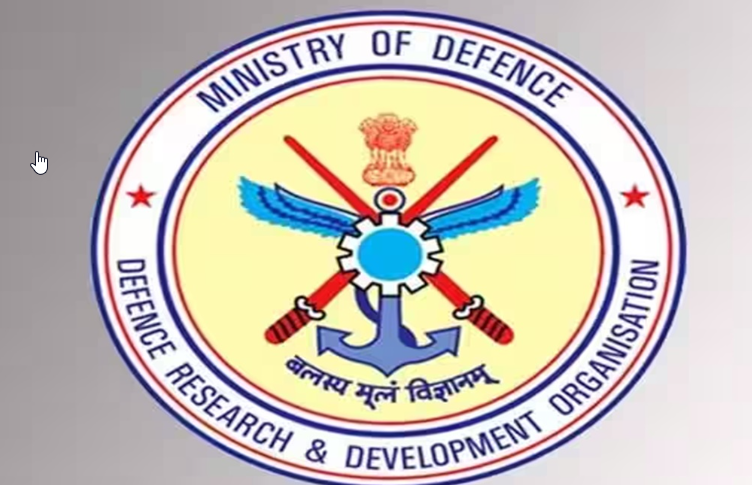Defence Research & Development Organisation (DRDO)
The Defence Research and Development Organisation (DRDO) is the premier research and development agency of the Government of India, headquartered in New Delhi. It was established in 1958 by amalgamating the Technical Development Establishment (TDEs) of the Indian Army and the Directorate of Technical Development & Production (DTDP) with the Defence Science Organisation (DSO). DRDO is responsible for the development of defence technologies and weapon systems for the Indian armed forces, as well as the promotion of indigenous defence manufacturing and exports.
Objectives and Functions
The main objectives and functions of DRDO are as follows:
- To develop cutting-edge defence technologies and weapon systems for the Indian armed forces, in line with the country’s strategic and security needs.
- To promote self-reliance and indigenous defence manufacturing, through the development of critical technologies and the transfer of technology to the industry.
- To foster innovation and excellence in defence research and development, through the establishment of state-of-the-art laboratories and research centres, and the collaboration with academic and research institutions.
- To provide scientific and technical advice to the Ministry of Defence and the armed forces on matters related to defence research and development.
- To promote international cooperation and collaboration in defence research and development, through bilateral and multilateral agreements and joint projects.
Organizational Structure
DRDO is headed by the Secretary, Department of Defence Research and Development (DDR&D), who also serves as the Chairman of DRDO. The Secretary is assisted by the Scientific Advisor to the Defence Minister, the Chief Controllers of Research and Development (CCR&D), and the Directors General (DGs) of various clusters and laboratories.
DRDO has a network of over 50 laboratories and research centres across the country, which are organized into seven technology clusters, namely:
- Aeronautics
- Armaments and Combat Engineering
- Electronics and Communication Systems
- Life Sciences
- Materials
- Missiles and Strategic Systems
- Naval Systems and Technologies
Major Achievements
DRDO has made significant contributions to the development of India’s defence capabilities and self-reliance over the years. Some of the major achievements of DRDO are as follows:
- Development of the Agni and Prithvi series of ballistic missiles, which form the backbone of India’s nuclear deterrence.
- Development of the Tejas Light Combat Aircraft (LCA), which is the first indigenous supersonic fighter aircraft of India.
- Development of the Arjun Main Battle Tank (MBT), which is the first indigenous tank of India.
- Development of the Pinaka multi-barrel rocket launcher system, which has significantly enhanced the firepower of the Indian Army.
- Development of the Nag anti-tank guided missile, which is a third-generation “fire-and-forget” missile.
- Development of the Astra beyond-visual-range air-to-air missile, which is a key weapon system for the Indian Air Force.
- Development of the Akash surface-to-air missile system, which is a medium-range mobile air defence system.
- Development of the Dhanush artillery gun system, which is an indigenous upgrade of the Swedish Bofors gun.
- Development of the Rustom series of unmanned aerial vehicles (UAVs), which are being used for surveillance and reconnaissance by the Indian armed forces.
- Development of the Shakti family of electronic warfare systems, which are used for jamming and intercepting enemy communication and radar signals.
Collaboration and Partnerships
DRDO has established collaborations and partnerships with various academic and research institutions, as well as the industry, for the development of defence technologies and systems. Some of the major collaborations and partnerships of DRDO are as follows:
- Indian Institutes of Technology (IITs): DRDO has established research centres and joint projects with several IITs, including IIT Delhi, IIT Bombay, IIT Madras, and IIT Kanpur, for the development of advanced technologies in areas such as aerospace, electronics, and materials science.
- Indian Institute of Science (IISc): DRDO has a long-standing collaboration with IISc Bangalore, which is one of the premier research institutions in the country. The collaboration focuses on the development of advanced technologies in areas such as aerospace, materials science, and robotics.
- Defence Public Sector Undertakings (DPSUs): DRDO works closely with the DPSUs, such as Hindustan Aeronautics Limited (HAL), Bharat Electronics Limited (BEL), and Bharat Dynamics Limited (BDL), for the production and integration of defence systems and technologies developed by DRDO.
- Private Industry: DRDO has been actively promoting the participation of the private industry in defence research and development, through initiatives such as the Technology Development Fund (TDF) and the DRDO Industry Interface. Several private companies, such as Tata Advanced Systems Limited (TASL), Larsen & Toubro (L&T), and Bharat Forge, are working with DRDO on various defence projects.
The Defence Research and Development Organisation (DRDO) has played a crucial role in the development of India’s defence capabilities and self-reliance over the years. Through its network of laboratories and research centres, DRDO has developed several critical technologies and weapon systems for the Indian armed forces, such as the Agni and Prithvi missiles, the Tejas fighter aircraft, and the Arjun tank.


